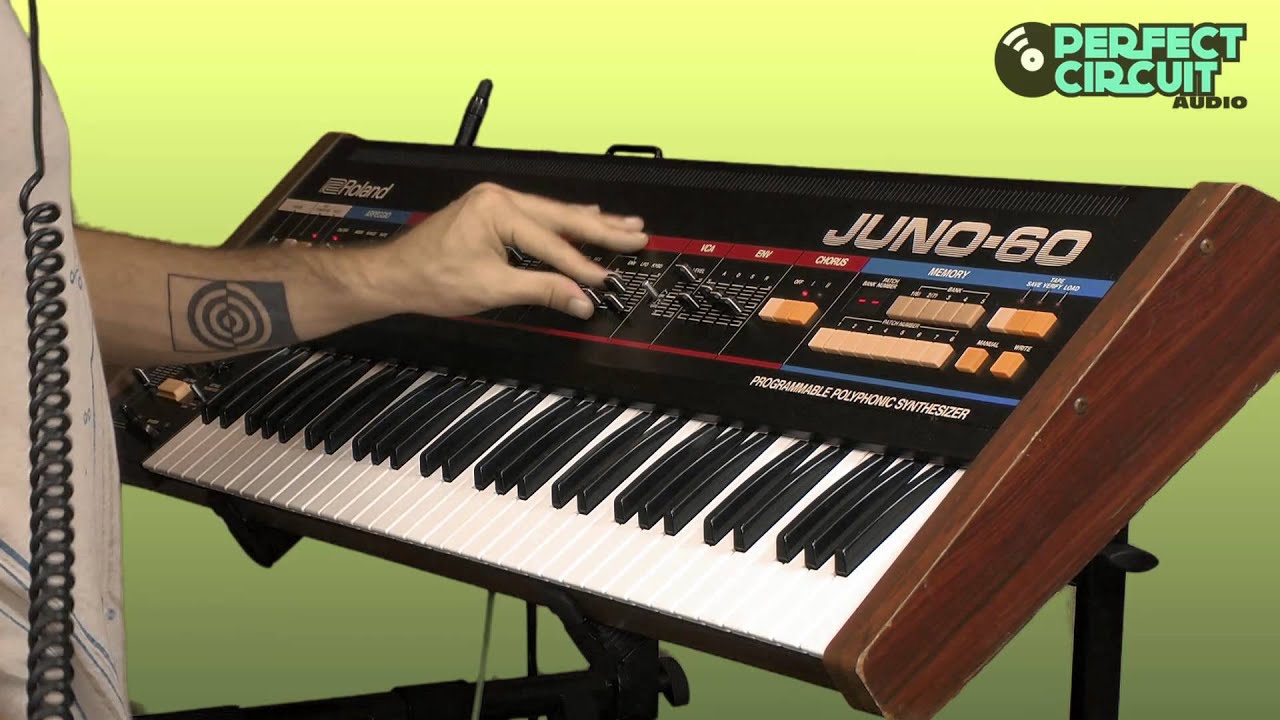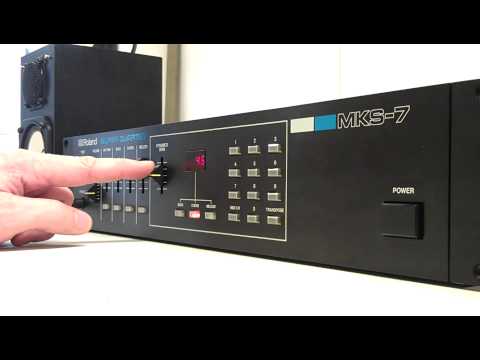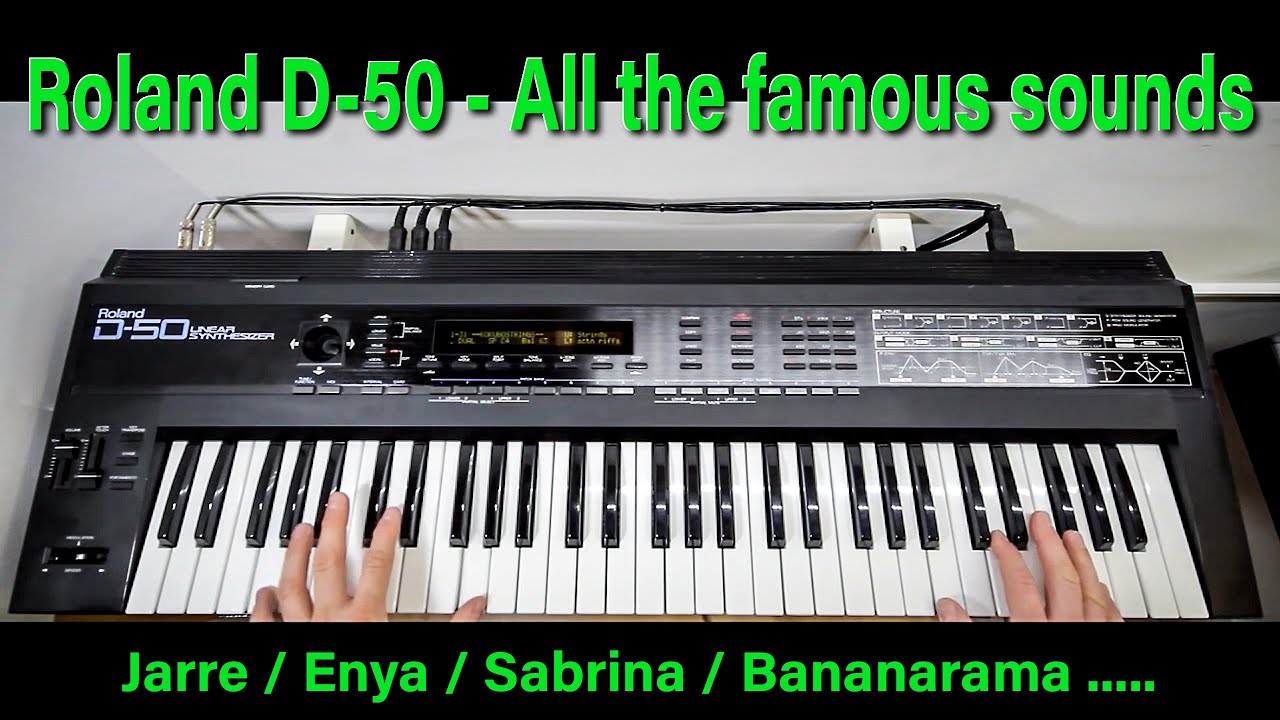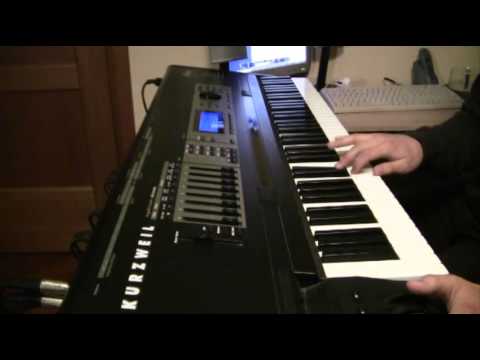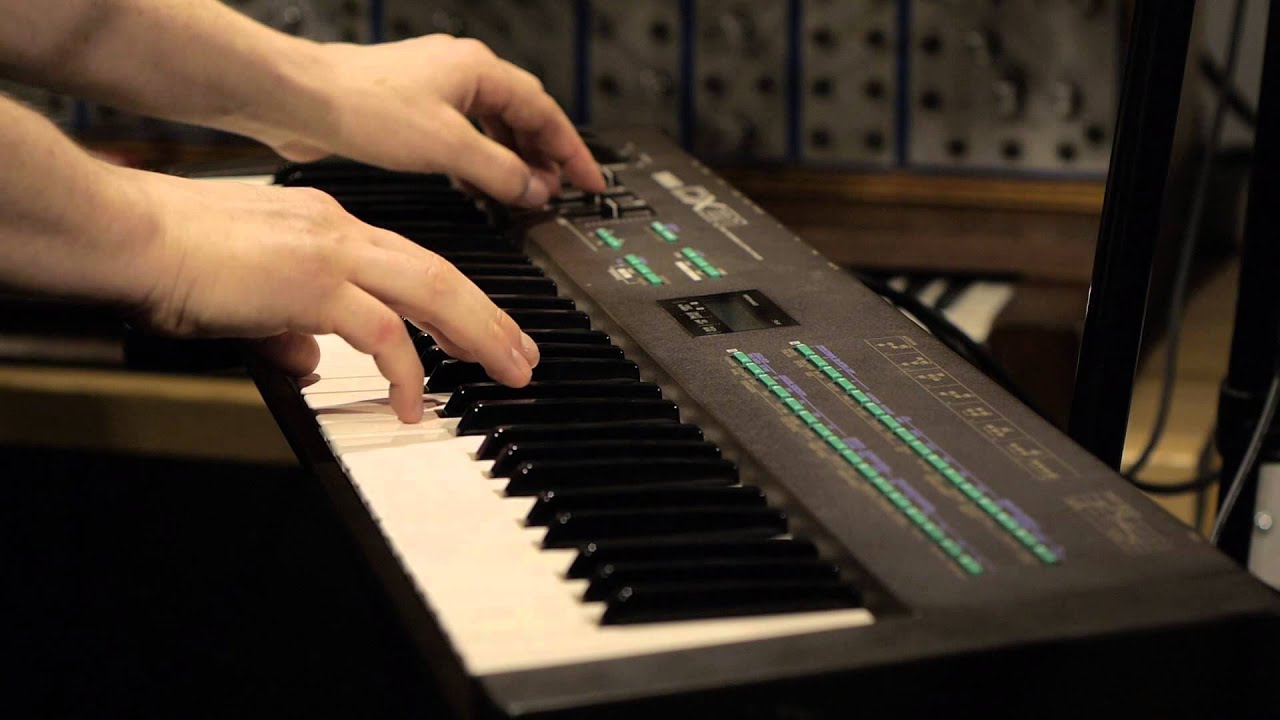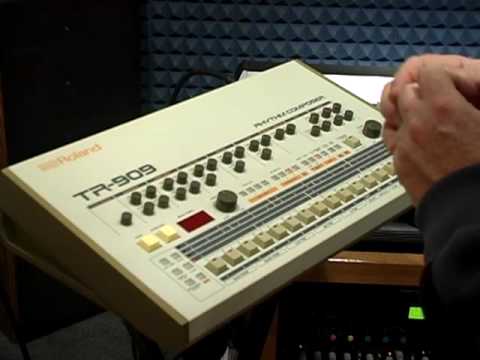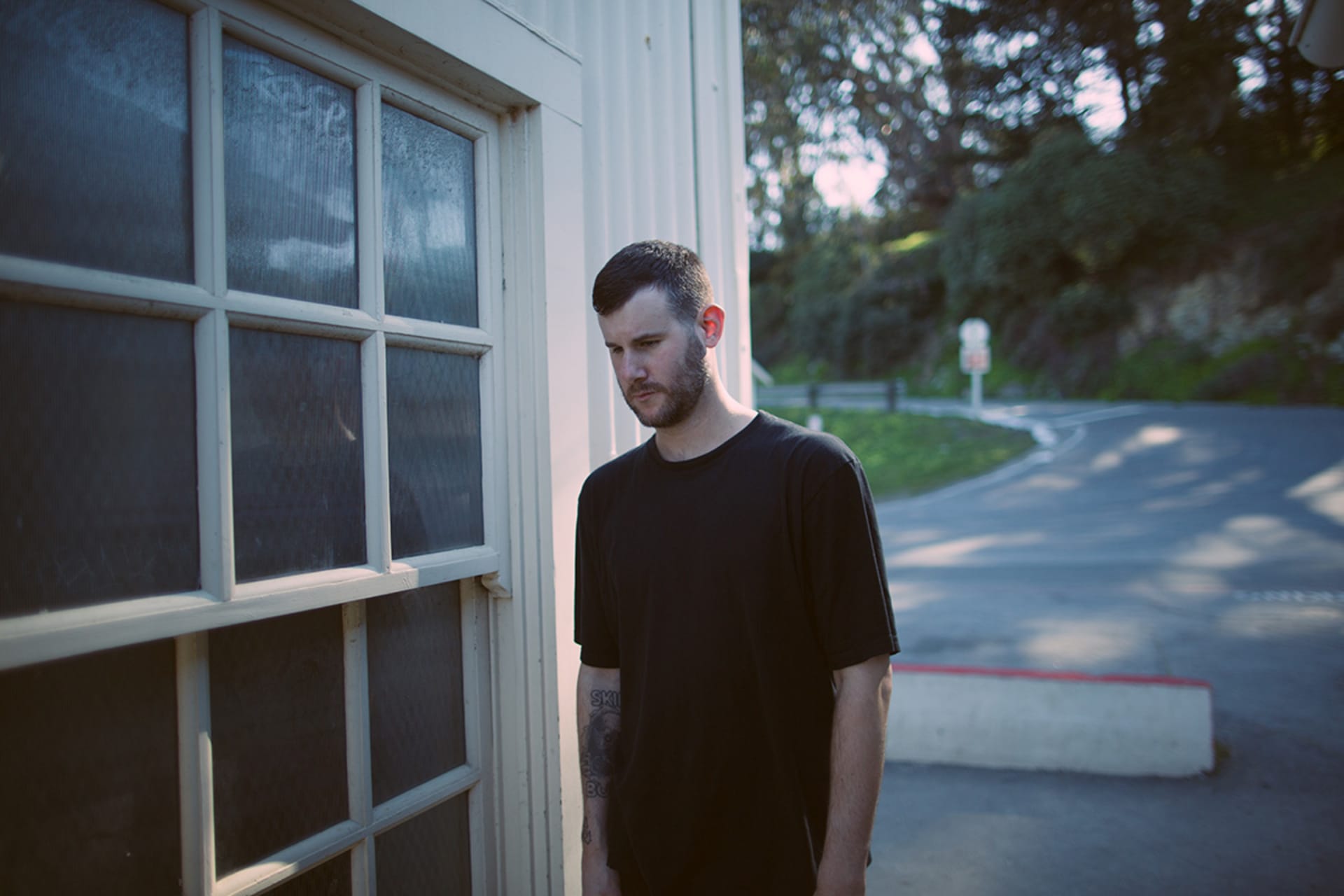
Matrixxman’s Guide to Synths, Drum Machines and Music Gear
In the early 2000s, I mostly used samplers and synths. Hardware samplers are very archaic by software standards, and they had a lot of weird hurdles, things that a computer can now do ten times faster. I had an E-mu e6400 sampler and ESI-32, a Yamaha A5000, and an Ensoniq ASR-X and ASR-10 rack. I would save and load a bunch of presets on a hard drive, and when they failed it made me want to kill someone. It was a bummer to spend 20 hours setting something up. Machines can be fickle little bastards, and that’s why the advent of computer software has made things exponentially easier: you can just load up noises. So while I’m one to extol the virtues of the hardware approach, I don’t think they’re ideal for everyone. A lot of musicians make extremely compelling music only with software. It really boils down to the impetus, rather than the gear. But that being said, we can talk about gear.
Roland Juno-60
The Juno-60 typically does not have a MIDI-to-DCB converter, so I bought a little Kenton converter that allows you to input MIDI notes, which turns this really lush keyboard into a workhorse. It’s very powerful and robust—a little too much at times. I tend to use it sparingly, but I get exceptionally good results when I do. The tones can run the gamut from 303-sounding acid stuff to Mr. Fingers-style basslines, and it makes exceptionally good chords for dub techno. It’s a cool synth, but not so versatile. Vin Sol happened to see it at Guitar Center, and he was like, “Charlie, you gotta get down here.” I was working at my much-loathed bartending job at the time and didn’t have cash handy, so I put it on layaway. It was $500, which is inordinately cheap—the market value is $1000 to $1200—because it had a battery issue. That ties into how I use it, as you’re not allowed to save patches that you make. I could have replaced the battery and made it fully functional, but I really enjoy its Etch A Sketch-like quality, where if I don’t record something that I make in its entirety, it’s gone.
Roland MKS-7
The MKS is multitimbral, meaning it has three separate Juno-106 synths inside it (albeit with limited polyphony) and a slightly stripped-down version of a 707 drum kit, but you can play them all concurrently. This is not for the faint of heart because there are no knobs or dials, so you have to program things numerically. Most people prefer the immediacy of an actual keyboard with sliders. It’s a slightly neglected piece of gear.
Roland D-50
I bought my D-50 off a cool Filipino dude in Daly City, which is just outside of San Francisco. He brought it to me in a parking lot and miraculously had a way of connecting it to his car, and he busted out a keyboard stand so I could test it out while cars drove around us. It’s a digital synth that combines LAS synthesis and samples, but it’s inherently digital-sounding, like Enya meets 10cc on “I’m Not In Love.” I’ve used it on a bunch of tracks because it lends itself to really beautiful string sounds and weird choir-type noises. A lot of the noises are cheesy, but it has a sweet spot where you can make some futuristic ambient sounds.
Kurzweil K2600
The K2600 is a fucking dinosaur, and I have a love-hate relationship with it. One of the foremost proponents of the Singularity, Ray Kurzweil invented the K2600 and an extensive range of products designed to emulate synths, guitars, strings and other things. To me, the coolest part is that this synthesizer is kind of shitty in some respects, and there’s something really endearing about that. It’s a digital synthesizer, but I don’t think it generates the actual synth waveforms; it just uses samples of them. Still, it has some really cool strings and pads and orchestral noises. A lot of Detroit techno dudes supposedly used Kurzweil keyboards in the ’90s. Vin Sol drove me out in his pickup truck to get mine—the bloody thing weighs 150 pounds. The dude who sold it to me was this Russian mafia-looking cat. He had a puffy white dog that resembled the dog from Silence of the Lambs and was hoarding numerous versions of the same synths for reasons only God knows.
Yamaha DX21
Clearly, I have an affinity for shitty synths. I do want some high-end synths, but I keep going back to classic ones that’re busted. The DX series was Yamaha’s FM synth line, so once again it’s entirely digital, but it has surprisingly analog qualities. The DX has played a pivotal role in Detroit techno, and it appears on a lot of Rhythm is Rhythm records, Derrick May, Joey Beltram… The DX7 is the synth from this series that rose to prominence, and it has more voice operators than the others, but I found that overwhelming. I gravitate toward the jankier models, because the sound is a little more precise, tighter and controlled. They’re relatively small keyboards and they’re cheaply attainable. The dude who sold it to me was cleaning out someone’s place in a weird houseboat community somewhere out in the East Bay [Area]. He was stoked to take the money and go see—I can’t remember—either Neil Young or Journey. He was about to go meet up with this babe and buy her some beers with my $80. Once again, Vin ever so kindly drove me out there. He loves the process of acquiring all this stuff. Whenever one of us buys something, the other tags along to scope it out. It’s like antique roadshow for stoners.
Roland TR-909
The fucking Roland 909. It would be too obvious to start with it, but having one of these handy really informs your production process. I like that it’s basically the same drum noises we all love and know dearly. You’re not getting much variation out of them, so the challenge is to make novel interpretations of noises everyone’s heard over and over. Even though it possesses a finite vocabulary, you can still find interesting ways to approach it. And there’s no substitution for the 909; no samples come close to the organic feel of an actual machine. That’s how [my track] “Protocol” was made. I hammered it out on a 909, and that would not have been possible with a plug-in version—or at least it would have been a lot harder to achieve.
Published August 05, 2015.

